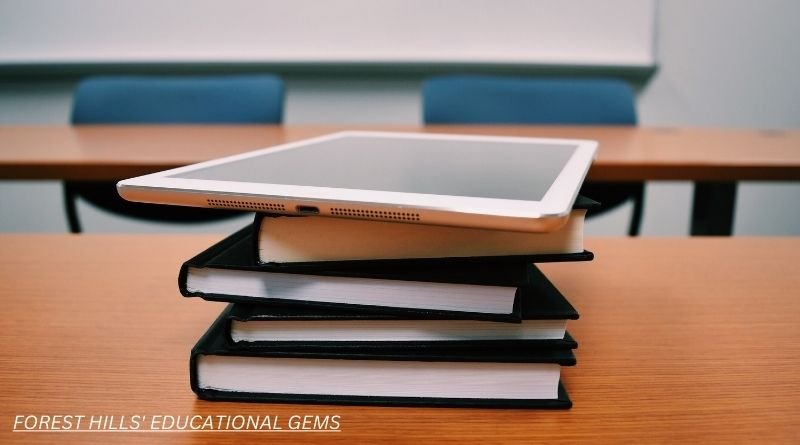Tech Respite: Nurturing Cognitive Renewal Through Classroom Technology Disconnection

Introduction
In the era of rapid technological advancement, classrooms have increasingly become immersed in digital tools and devices aimed at enhancing learning experiences. This article explores the concept of “Tech Respite” – a deliberate disconnection from classroom technology to foster cognitive renewal and improve overall well-being. While technology undoubtedly offers numerous benefits, its omnipresence can also lead to information overload and cognitive fatigue among students and educators alike.
Understanding Tech Respite
Tech Respite refers to a strategic break from the constant barrage of digital stimuli within educational settings. It entails creating intentional periods of time during which students and teachers disconnect from screens, devices, and online platforms to recharge mentally and emotionally. By temporarily stepping away from technology, individuals can engage in alternative activities that promote relaxation, reflection, and deep cognitive processing.
The Need for Tech Respite
In today’s hyper-connected world, individuals are often inundated with notifications, emails, social media updates, and other digital distractions. Within the classroom environment, the relentless use of technology can contribute to attention deficits, decreased critical thinking skills, and heightened stress levels. Moreover, excessive screen time has been linked to disruptions in sleep patterns and mental well-being. Recognizing these challenges, educators are increasingly advocating for the incorporation of Tech Respite strategies to mitigate the negative effects of technology overload.
Benefits of Tech Respite
- Enhanced Focus and Attention: By disconnecting from classroom technology, students can direct their attention more fully to the learning task at hand. Without the constant allure of digital distractions, individuals are better able to engage in deep, concentrated thought processes, leading to improved comprehension and retention of information.
- Promotion of Mindfulness: Tech Respite offers an opportunity for students and teachers to practice mindfulness – the intentional focus on the present moment without judgment. Through activities such as meditation, breathing exercises, or simply enjoying nature, individuals can cultivate greater awareness of their thoughts, feelings, and surroundings, ultimately reducing stress and increasing overall well-being.
- Encouragement of Face-to-Face Interaction: Excessive reliance on technology can erode interpersonal communication skills and hinder meaningful connections between students and educators. By disconnecting from screens, classrooms can become spaces for genuine face-to-face interaction, fostering empathy, collaboration, and social cohesion among peers.
Implementing Tech Respite in the Classroom
Integrating Tech Respite into educational practices requires thoughtful planning and collaboration among stakeholders. Here are some strategies for incorporating Tech Respite effectively:
- Designated Tech-Free Zones: Establish specific areas within the classroom where technology use is prohibited, allowing students to fully immerse themselves in offline activities such as group discussions, creative projects, or reflective journaling.
- Scheduled Tech Breaks: Incorporate regular breaks during class sessions or study periods dedicated to Tech Respite activities. Encourage students to disconnect from their devices and engage in mindfulness exercises, physical movement, or quiet reflection.
- Mindful Technology Integration: While advocating for Tech Respite, educators should also emphasize the importance of responsible and intentional use of technology. Encourage students to critically evaluate the purpose and impact of digital tools, emphasizing quality over quantity in their technological interactions.
Conclusion
In conclusion, Tech Respite offers a valuable antidote to the relentless onslaught of digital stimuli pervading educational environments. By intentionally disconnecting from classroom technology, students and educators can cultivate a sense of balance, mindfulness, and well-being. By prioritizing moments of cognitive renewal, we can create more enriching learning experiences that empower individuals to thrive in an increasingly complex and interconnected world. Embracing Tech Respite is not about rejecting technology outright, but rather about reclaiming agency over our attention and fostering deeper engagement with the world around us.
visit also:
mytyles – wall and f
|







